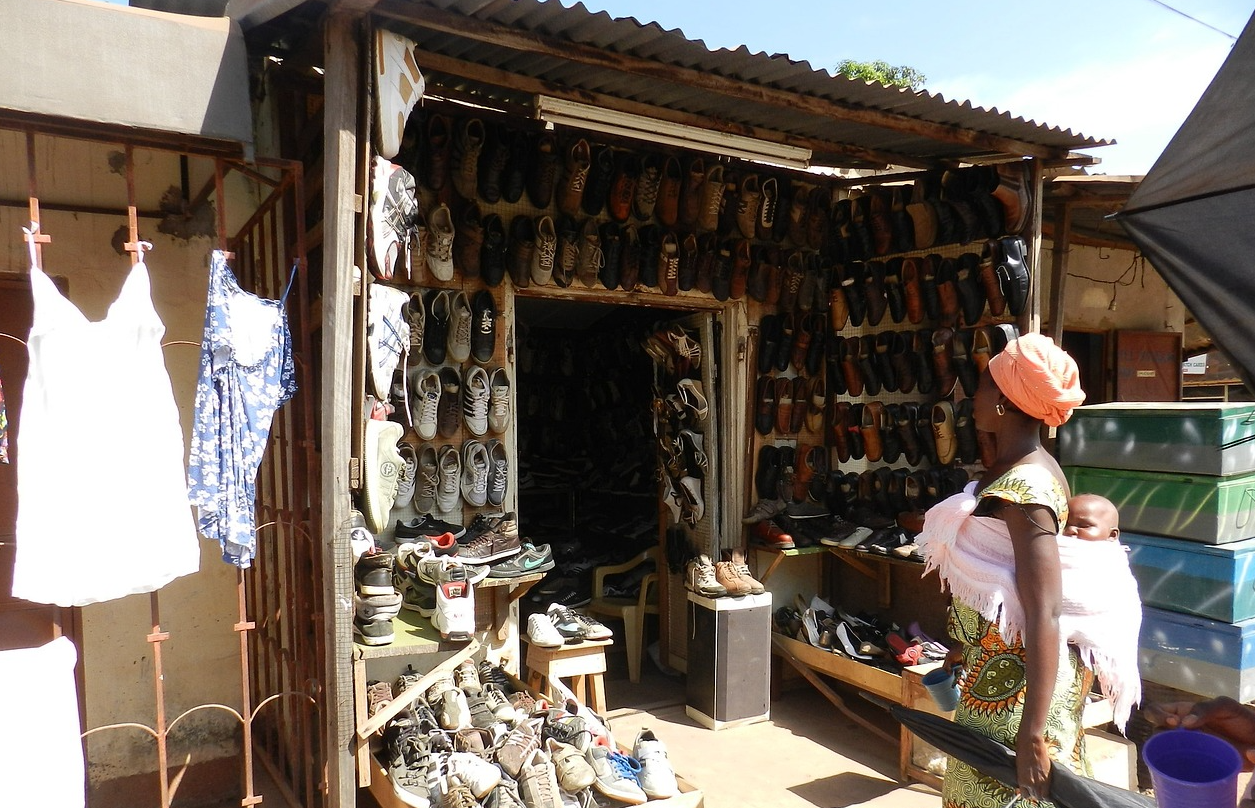Female genital mutilation (FGM) is still a rampant problem throughout Africa, Asia, and the Middle East as millions of young girls face having most or all of their external genitalia removed.
Now, Gambia has taken steps towards lifting a ban on FGM, a move that could make it the first country in the world to reverse legal protections against the practice for millions of women and girls, thus endangering their personal freedom and even their lives.
Politicians in the West African nation’s parliament voted 42 to four on Monday to advance the controversial bill, which would repeal a landmark 2015 ban on FGM that made the practice punishable by up to three years in prison.
Gambian activists fear a repeal would overturn years of work to better protect girls and women. The legislation was referred to a national committee for further debate and could return to a vote in the weeks and months ahead.
Activists in the largely Muslim country had warned that lifting the ban would hurt years of work against a procedure often performed on girls younger than 5 in the mistaken belief that it would control their sexuality.
The procedure, often carried out by traditional community practitioners with tools such as razor blades or at times by health workers, can cause serious bleeding, death and childbirth complications but remains a widespread practice in parts of Africa, according to AP.
It is estimated that around 200 million girls and women currently living have been subjected to the harrowing practice of female genital mutilation (FGM). This number is expected to rise in the face of global population growth. The majority of these girls and women reside in sub-Saharan Africa and the Arab States, though FGM is also known to occur in specific countries across Asia, Eastern Europe, and Latin America. Additionally, it has been reported among immigrant communities in Europe, North America, Australia, and New Zealand.
According to the United Nations Population Fund (UNFPA), should the prevalence of FGM persist at its current rate, an alarming projection suggests that 68 million girls will undergo the procedure between 2015 and 2030 across the 25 countries where it is most commonly practiced. This statistic underscores a critical challenge: the necessity to safeguard not only the girls currently at risk but also to ensure future generations are not subjected to this dangerous practice.
In 2023, UNFPA reported that nearly 4.3 million girls were at immediate risk of FGM within that year alone, marking an increase from 4.1 million in 2019. The period from 2020 to 2022 saw significant disruptions in efforts to prevent FGM and other detrimental practices, largely due to the global COVID-19 pandemic. The UNFPA has warned that without a significant escalation in intervention efforts, the next decade could witness millions more girls falling victim to FGM as a direct consequence of these disruptions. This stark reality highlights the urgent need for concerted action to eliminate FGM and protect the well-being of girls and women worldwide.
Ending FGM requires a comprehensive, culturally sensitive approach that involves the entire fabric of society. It starts with education, aiming to change perceptions and understandings of FGM. By raising awareness about the health risks and human rights violations associated with FGM, communities can begin to shift away from this harmful practice. This education should not only target the general public but also engage key community leaders and influencers, including religious and tribal leaders, who play a critical role in shaping social norms and behaviors.
Simultaneously, empowering women and girls is crucial. Providing them with education and economic opportunities enables them to make informed decisions about their bodies and lives, fostering a sense of autonomy and agency. This empowerment helps break the cycle of gender inequality that often underpins practices like FGM.
Legal frameworks also play a pivotal role. Implementing and enforcing laws that ban FGM sends a clear message about the seriousness of the issue. However, laws alone are not enough. They need to be backed by strong judicial systems that can effectively prosecute offenders, coupled with protection and support services for those at risk.
Healthcare professionals have a unique role in this effort. Training healthcare providers to not only treat the physical consequences of FGM but also to act as advocates against the practice can further reinforce anti-FGM messages within communities. These professionals can offer crucial support and counseling to families, helping them understand the dangers of FGM and discouraging its continuation.
International collaboration and support are indispensable. Global and local NGOs, along with government agencies, can and should work together to provide resources, share knowledge, and support grassroots efforts to combat FGM. International awareness campaigns would also help to apply pressure on countries to take action against the practice.
Ultimately, ending FGM is about altering deeply entrenched cultural practices and beliefs. It requires patience, persistence, and a multifaceted strategy that respects the complexity of the issue. By working collectively, respecting cultural nuances, and focusing on education, empowerment, legal action, and international cooperation, it is possible to create an environment where FGM is no longer practiced and girls and women are free to live healthy, autonomous lives.
Image: Pixabay
Become a Patron!
Or support us at SubscribeStar
Donate cryptocurrency HERE
Subscribe to Activist Post for truth, peace, and freedom news. Follow us on SoMee, Telegram, HIVE, Minds, MeWe, Twitter – X, Gab, and What Really Happened.
Provide, Protect and Profit from what’s coming! Get a free issue of Counter Markets today.

